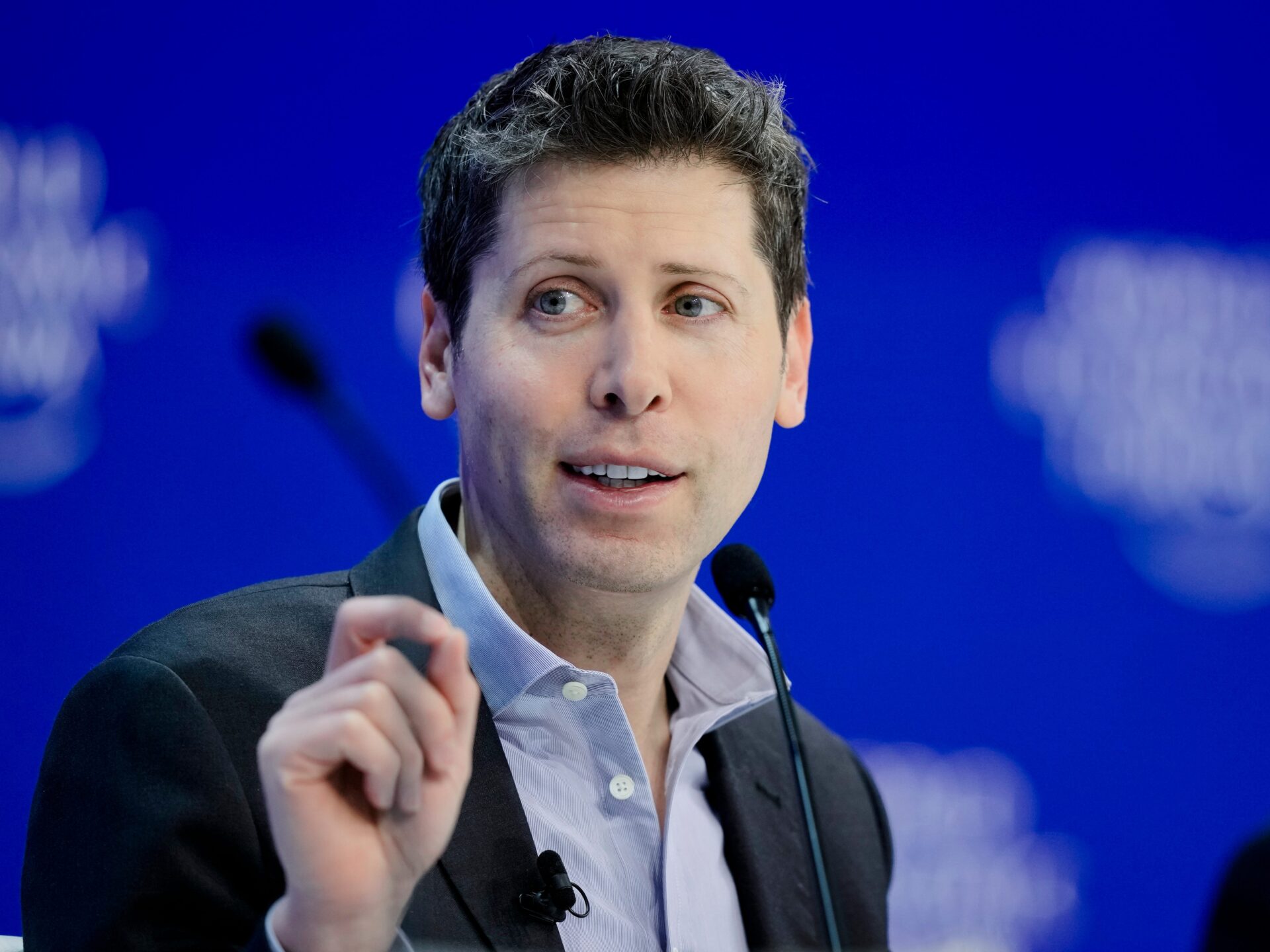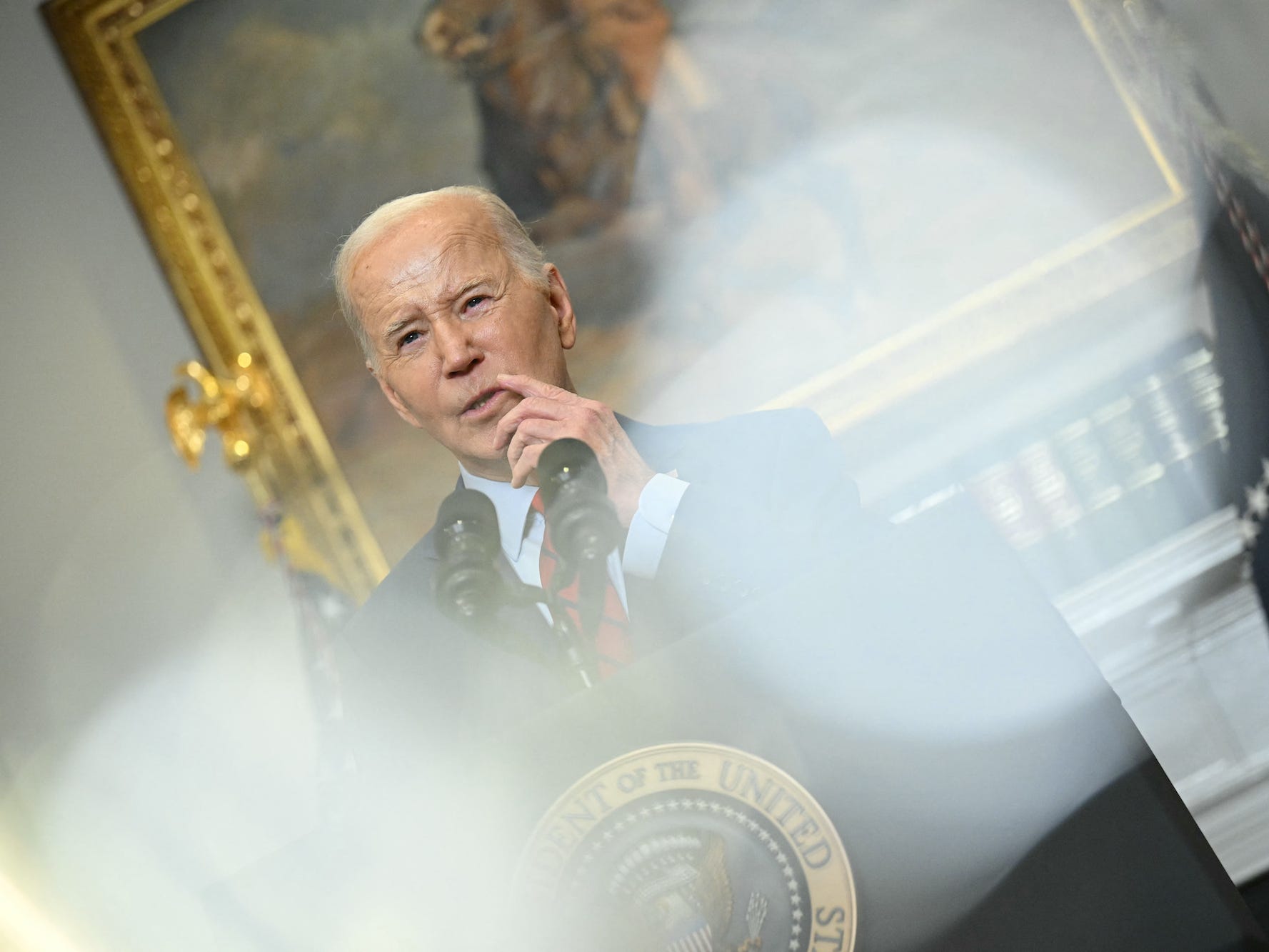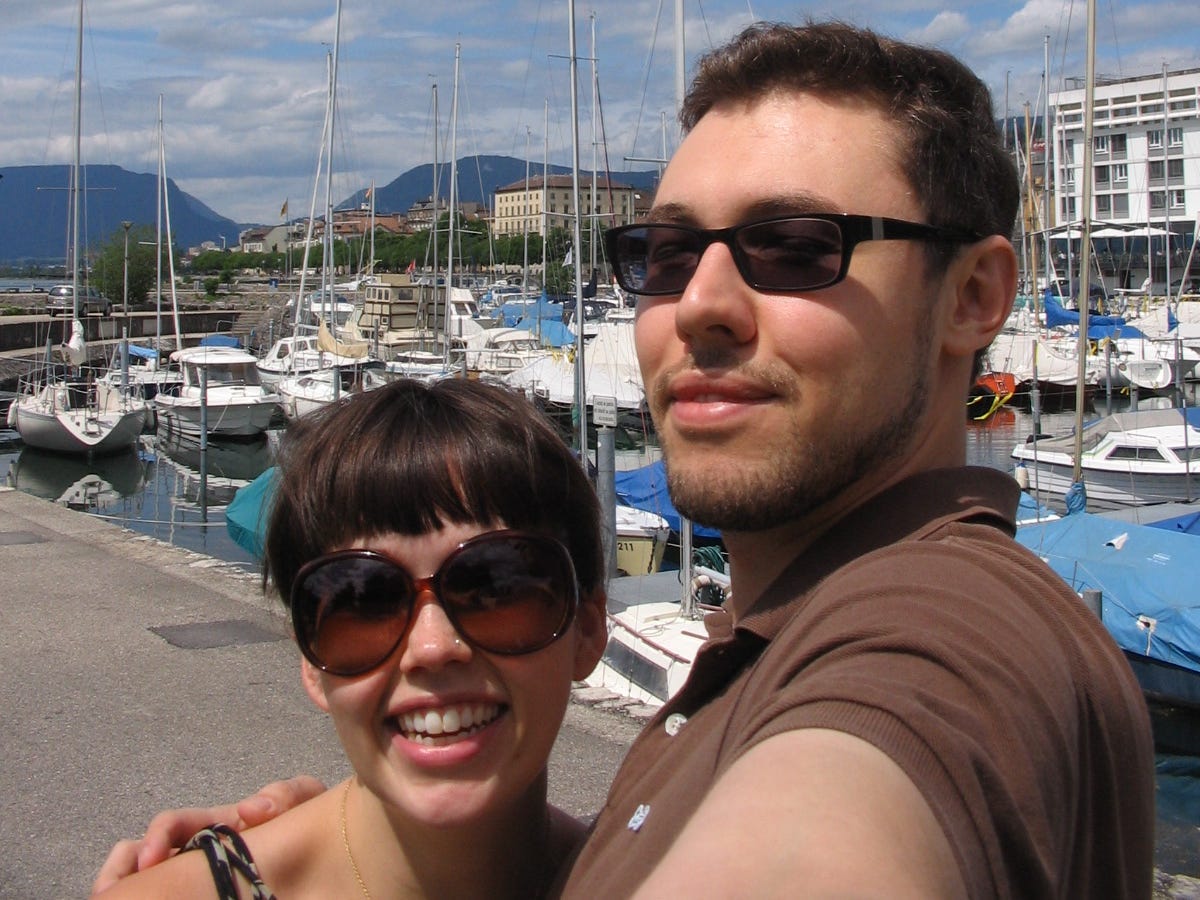Business Insider
Eric and Beth Ann Mott moved from Denver, Colorado, to Thousand Oaks, California, in May 2022.
Courtesy of Eric and Beth Ann Mott
Realtors Eric and Beth Ann Mott relocated from Denver to Thousand Oaks, California, in May 2022.The Motts attribute their move to a growing preference for California’s weather and lifestyle.Despite common misconceptions, the Motts find California financially comparable to Colorado.
This as-told-to essay is based on a conversation with married realtors Eric Mott, 59, and Beth Ann Mott, 57, about their experience moving from a suburb in Denver, Colorado, to Thousand Oaks, California, in May 2022.
Eric: Denver used to be a really great place to live.
I was born in California. But my folks and I relocated to Denver in 1977 when it was still a cow town.
Beth Ann: I ended up in Colorado because of Eric. We did long-distance dating between Kansas City and Denver. When we got married in 1996, I moved with him to the Denver area.
Eric: We’re both full-time realtors with Berkshire Hathaway HomeServices. We bought some investment properties in Denver, and in 2009, we 1031-exchanged three of those properties for a place in Thousand Oaks. So, we’ve actually owned our current home here in California since 2009.
Beth Ann: We planned on getting to California at some point. But it took us about 14 years to see that come into being.
Denver used to be a great place to raise a family
Eric: Colorado was one of the first places to legalize recreational marijuana, which we did not vote for. In our opinion, that’s when things started turning in Denver.
The homeless population in Denver is pretty insane, even in the suburbs. It really started to affect our quality of life. We started feeling uncomfortable going downtown.
The traffic got really bad, too. Twenty years ago, it was much easier to go up to the mountains and ski for a day. But now, the traffic is just hideous. If you want to have a ski day, you’d better be willing to get up at 5 a.m. and not get home until 8 p.m.
We liked to take cruise vacations to escape Denver during the winter. Over time, we realized we are more ocean people than mountain people. We just got sick and tired of the snow in Denver.
Eric and Beth Ann said they got tired of dealing with Denver’s constant snow.
Courtesy of Eric and Beth Ann Mott
It was really a combination of different things that changed the environment. It’s just not what we used to enjoy.
Beth Ann: We first started considering a move to California during COVID when we were sitting at home and couldn’t go anywhere. We had always talked about ending up in California someday, and we thought, “Why can’t someday be now?”
COVID also forced everyone to do things remotely. We started doing a lot of client appointments via Zoom. So, the seed of the idea was born out of the possibilities that COVID created. We said, “Why wait?”
We tested it out in 2021, doing a lot of traveling and working remotely with our real estate team in Denver. It worked. So, that’s when we pulled the trigger for the actual move in May 2022.
We moved into the house we already owned in California
Eric: The moving process wasn’t too bad. We did a bit of downsizing. And we’re renovating now.
Beth Ann: We still have our business in Denver. I commute and manage our team there a couple of times a month. We both got our California real estate licenses, too. Ultimately, the goal is to split our resources about 75% in California and 25% in Colorado.
Eric: For me, moving to California was like coming home.
We can get to the beach in 20 minutes. We can access hikes in the Santa Monica mountains at the end of our street. The Conejo Valley is like a small town. There are orchards and farms. And wherever you drive, there’s green.
Beth Anne: It’s beautiful, plus we have nice weather. I love things that bloom, and it’s blooming here all the time.
The couple lives just 20 minutes from the beach in California.
Courtesy of Eric and Beth Ann Mott
Eric: We’re also both golfers, so it’s nice being in California where you can golf year-round and don’t have to worry about snow on the course. We joke in December, when it’s a high of 60 degrees, “Oh it’s cold!” But it’s really not.
Beth Ann: The traffic here is tough, though. Anytime you have to go near downtown, it’s definitely not a pleasure. But the traffic in Denver was nearly as bad.
California is financially comparable to Colorado
Eric: Everybody always says the taxes in California are so much more, but they’re really not when you look at them. The sales tax rate in Thousand Oaks is 7.25%, whereas where we lived in Colorado, it was 2% more. That adds up.
Beth Ann: Insurance rates in Colorado are really expensive, too. So, it’s actually not that much different cost-wise living here. In fact, it’s a bit cheaper. For example, we’re paying less for homeowner’s insurance in California than we were in Colorado. Same with property taxes.
Eric: The value of our home here in California was the approximate value of our home in Denver, dollar-wise. Our insurance policy there was around $2,300 a year. Out here, it’s only $1,400. I also added on earthquake insurance, which is another $900. So it’s about the same price even with the earthquake insurance as in Colorado.
The utilities here are a lot cheaper for us as well. We haven’t used our air conditioner since September, and we didn’t have to turn our heater on until January. That’s savings in my mind.
Beth Ann: The prices at grocery stores in California, however, are a little bit higher.
Eric: But in California, there’s no tax on food. That was a pleasant surprise when we first got here.
There’s so much propaganda out there about California.
Eric and Beth Ann Mott said they love the access to nature and hiking in California.
Courtesy of Eric and Beth Ann Mott
Beth Ann: You can’t paint California with just one brush. I wouldn’t have wanted to move to Los Angeles. But living in a place like Thousand Oaks is a different experience.
I think the only things we miss about Colorado are our family and our clients.
Eric: There are still things we like about Colorado, but we visit. We’re enjoying the lifestyle that we’re living in California.
Beth Ann: I think California will continue to be our long-term play.
Eric: California has exceeded our expectations.










